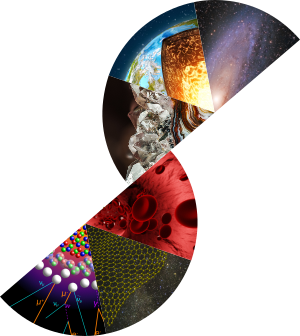Auger emitters are considered as new tools in nuclear medicine, especially in internal vectorised radiotherapy. Their short penetration in matter gives them the advantage of inducing minimal toxicity to healthy cells close to the targeted cancer cells, even at high injected activity. 103Rh is one of the promising radionuclides for this application. It can be produced from 103Ru or 103Pd in a radionuclide generator. The main challenge in the design of a generator is to achieve effective separation between the radionuclides concerned. This is usually performed by using a chromatographic column containing an ion exchange resin. The 103Ru/103mRh generator is the most promising generator for nuclear medicine services because of the radioactive half-life of 103Ru (T1/2 = 39.4 days) compared to 103Pd (T1/2 = 17 days).
However, the chemistry of Ruthenium is relatively complex and diverse because this element exists in different oxidation states in aqueous solution, and can also lead to the formation of polymeric species. As a first step, it is important to understand and control the fundamental chemistry of Ruthenium in order to optimize its separation from Rhodium.
For this purpose, the speciation of Ru with hydroxo- and chlorinated ligands was evaluated by Capillary Electrophoresis coupled to ICP-MS and by UV-Visible spectrophotometry. Ru exists in the +III and +IV forms but stabilises quickly in the +IV form in room conditions. However, depending on Ru concentrations and ligands used, Ru can form polymeric and polycharged species. AF4-MALS studies have evidenced the formation of polymodal and polydisperse colloids with sizes ranging from 20 to 730 nm. The charge of these polymeric species was studied by LDI-TOF, thus confirming the presence of polycharged species.
Based on the speciation of Ruthenium and Rhodium, the first Ru/Rh separation tests on ionic exchange resins have been conducted. The first results will be presented and discussed.

 PDF version
PDF version
